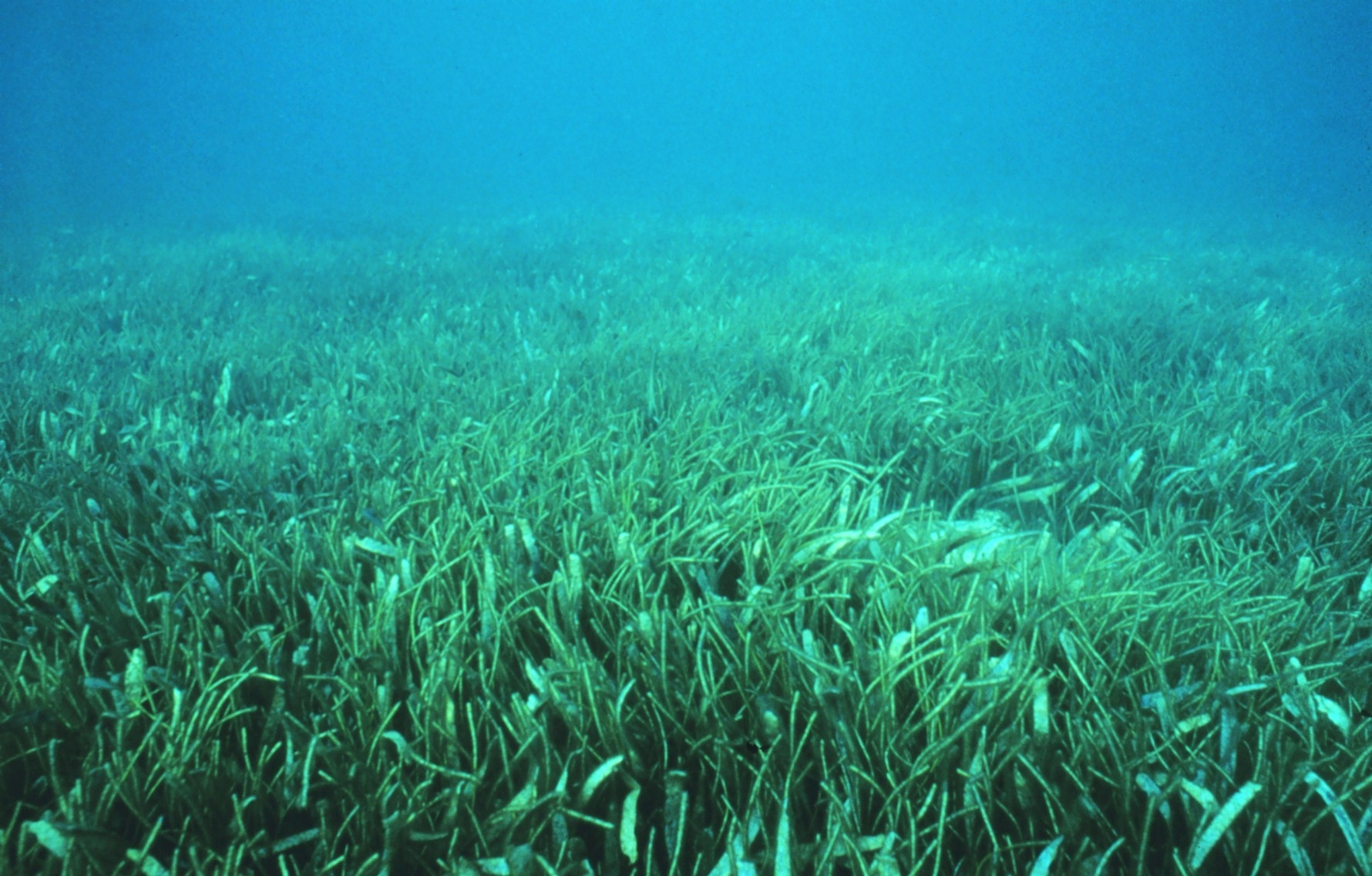On Tuesday the United Nations held the 2014 Climate Summit in New York, the largest meeting of world leaders ever to discuss the issue of climate change. This was an extremely exciting (and necessary) event, with the aim of reaching a meaningful legal agreement to combat climate change in 2015. There was, however, a key topic that was not planned into the agenda: the ocean.
But is the ocean an important component of the climate change discussion?
Well, yes actually.
The ocean absorbs approximately 25% of CO2 emissions created by human activity and is a major heat sink. In addition, coastal habitats such as seagrass meadows and mangroves, which are being continually destroyed due to coastal development, take in carbon at much higher rates than terrestrial forests. As the Global Oceans Commission co-chair David Milliband has stated, “science is showing us that there can be no solution to climate change without a healthy ocean”. And yet, it was not on the agenda at the largest conference of world leaders discussing climate change to date.
Why is this?
The issue comes down to the lack of understanding and appreciation that the public has for the ocean. The connection and ownership we feel towards our land is absent in regards to our oceans. In fact, a 2003 report by the Pew Oceans Commission found that most Americans did not perceive that their actions could impact the future of the ocean, despite the fact that around half of the population lives on the coast. This results in the ocean being, as Milliband puts it, “relegated to the status of an afterthought”, and a lack of public pressure on political institutions regarding ocean conservation.
If we want to combat this, a sense of citizenship and connection needs to be instilled between the public and the ocean, as Amanda Vincent, Canada Research Chair in Marine Conservation at the University of British Columbia’s Fisheries Centre and director of Project Seahorse describes in “Saving the shallows: focusing marine conservation where people might care“. In order to achieve this, emphasizing the value of the ocean to people through widely accessible outlets, such as social media, will be a vital strategy.
This is exactly what the Global Oceans Commission did in their campaign to initiate negotiations for protection and governance of the high seas at the UN Climate Summit. Due in part to an extremely successful twitter campaign, the Global Oceans Commission received over 260,000 signatures globally on their petition to the UN. They also produced a helpful and engaging video explaining the issue, which you can watch here.
The large scale engagement of the public with the subject of high seas regulation is an extremely promising outcome of this campaign. It highlights the exciting prospects that social media offers in connecting the public with their oceans and catalyzing action on ocean conservation. Whether or not the plight of the ocean was realized by the UN on Tuesday, continuing this momentum of public awareness and pressure can and must result in meaningful political action to protect our oceans.
